6 Ways to Improve Your Skiing—No Skis or Snow Required

Photo credit: Andy Mahre
There are some diehard skiers who refuse to hang up their skis for the summer. These kooks gear up in 75-degree weather and trek miles from a trailhead in their sneakers with skis and ski boots strapped to their packs in search of the last remaining white ribbon on some remote peak.
Power to them, but that’s not every skier’s M.O. Some of us actually enjoy swapping out ski gear for season-appropriate toys and challenging ourselves on dirt trails, rocks, and pavement in lieu of snow. And here’s the thing: Summertime pursuits are great training for skiers. You don’t have to keep skiing in the summer months to stay in ski shape—activities like hiking, trail running, biking, and surfing are excellent cross training for skiers. These forms of exercise may not require the same muscles or movement patterns as skiing, but they do demand strength, stamina, balance, coordination, and a strong mental game much in much the same way.
So if your goal is to maintain your ski fitness until the lifts start spinning again, follow the lead of some pro skiers and take up one or more of their favorite summertime activities.
Hiking and Trail Running
Transferrable skills and benefits:
- Builds strength and power in the legs
- Improves cardiovascular fitness
- Increases endurance
- Develops balance and strengthens stabilizer muscles
- Teaches you how to read terrain and navigate obstacles
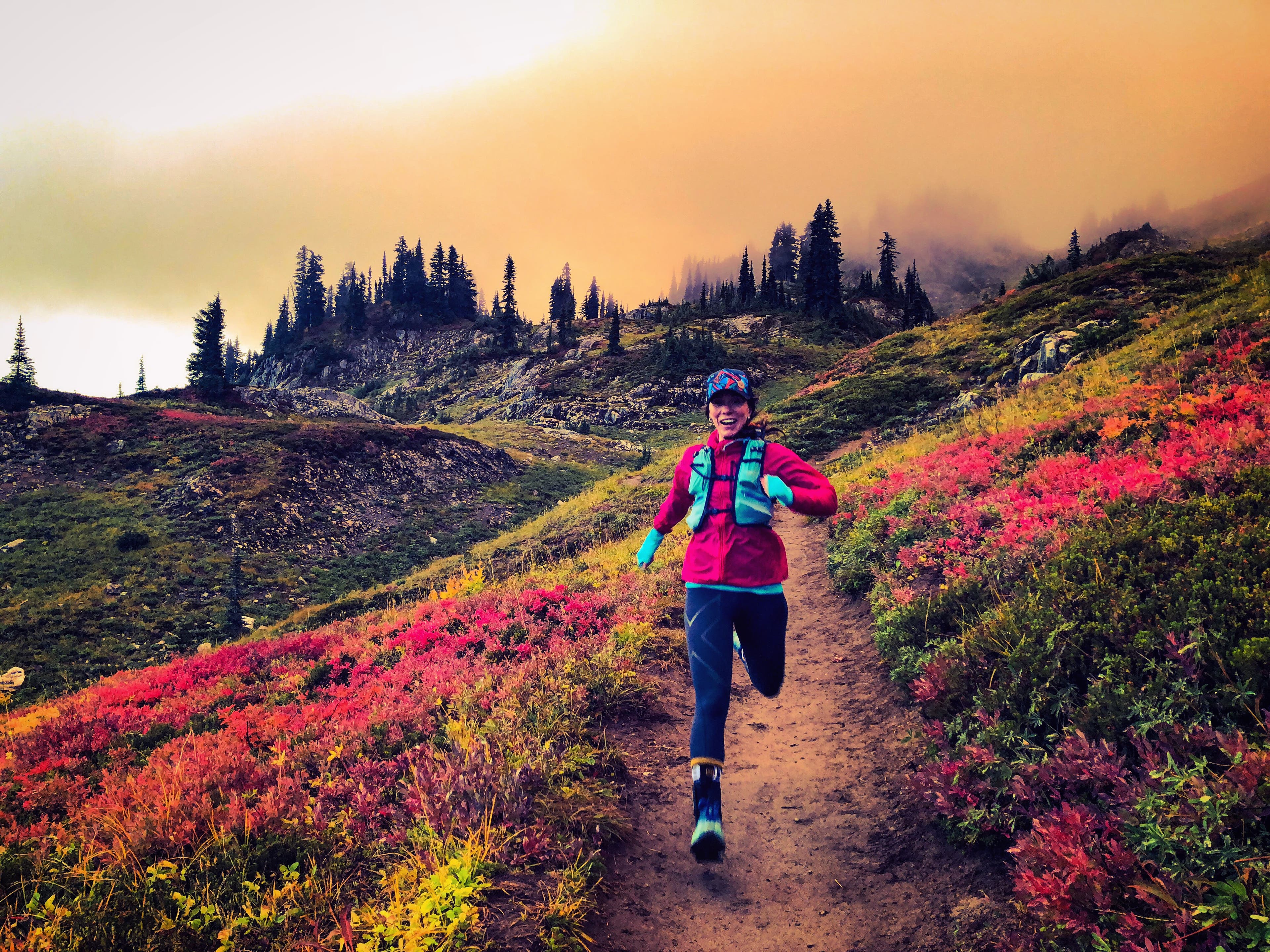
Hiking and running are some of the most effective as well as most readily available forms of training to participate in during the off-season. All you need is a pair of shoes, an open trail and you are set to go.
Looking to increase cardiovascular health, endurance, or leg strength? Hiking and trail running kills all those birds with one stone. Navigating on uneven terrain and covering miles and vertical feet builds your glutes, hamstrings, quads, and calves—leg muscles that are critical in skiing. This kind of activity also develops fast-twitch muscles, which means come ski season you’ll have the agility, conditioning, and strength to charge through any conditions.
“I choose to run up mountains and on trails rather than on roads or paved paths,” says Shannon Skouras Mahre, a pro skier and founder and head coach of Girls with Grit. “The further I run, the more elevation that I climb, and the more weight I have in my pack during my off-season training runs, the more ready I am for ski season when it comes around. Running trail ultra marathons has helped me immensely with my stamina and strength.”
Cycling
Transferrable skills and benefits:
- Develops core strength
- Builds strength and power in the legs
- Improves cardiovascular fitness
- Increases endurance
- Develops mental stamina
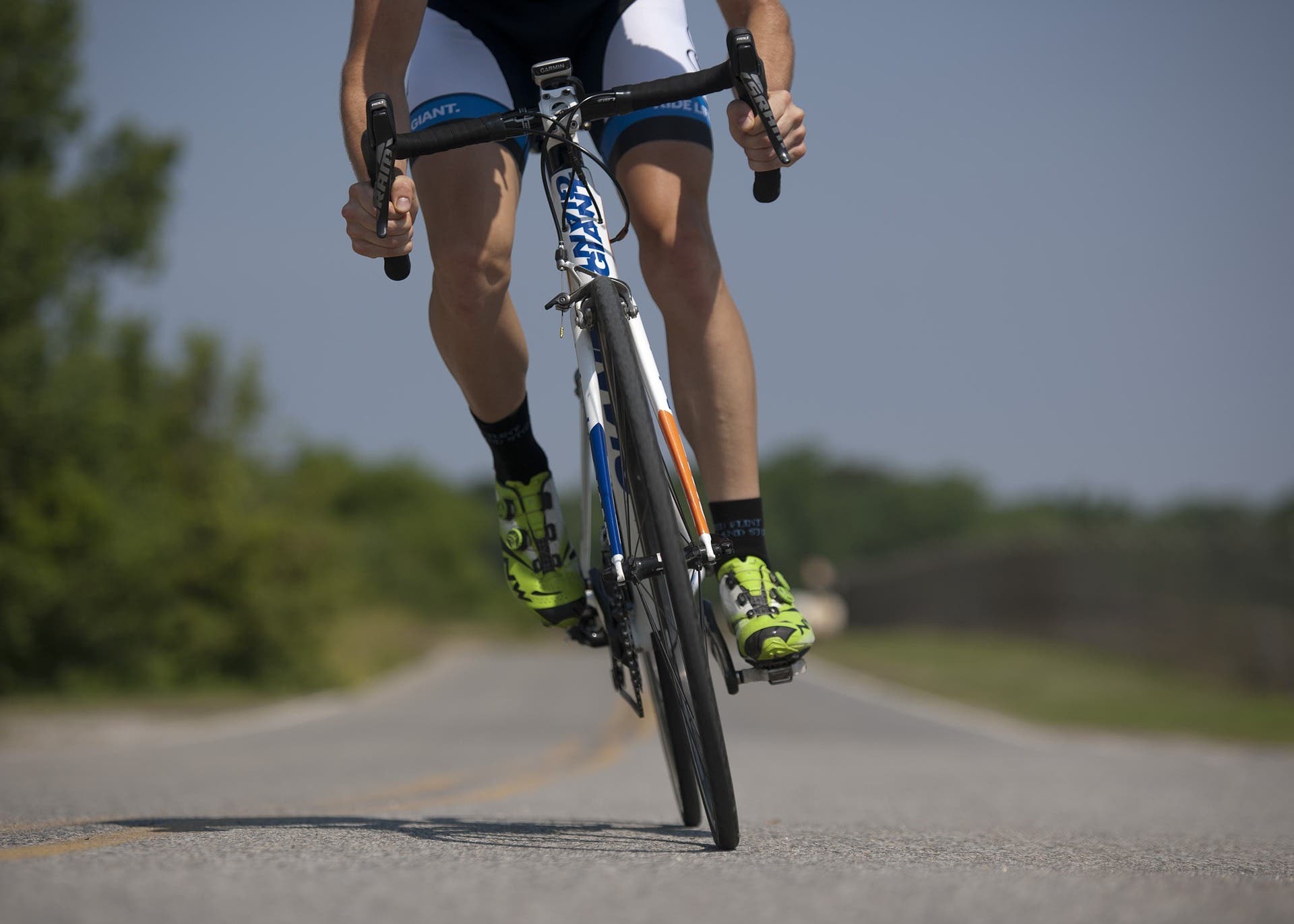
Cycling is an intense aerobic activity that will leave your heart pumping and lungs gasping. They might not be happy at first, but your heart, brain, and blood vessels will thank you in the long run while your leg muscles get stronger with each turn of the pedals. Your core also works hard the whole time you ride to keep you upright in the saddle.
“As a skier, many people think that all you need is a strong lower half, but without the stability of a strong core and upper body, you are more prone to injury whether you are skiing greens or double blacks,” says Skouras Mahre.
When hitting the slopes, you likewise need to have strong legs and core stability because maintaining an athletic position while skiing depends on engaging your whole trunk. By cycling in the off season, you develop not only the strength to ski your best, but the endurance to shred from bell to bell.
Mountain Biking
Transferrable skills and benefits:
- Develops core strength
- Builds strength and power in the legs
- Improves cardiovascular fitness
- Increases endurance
- Trains you to read terrain, pick lines, and navigate over and around obstacles
- Challenges coordination
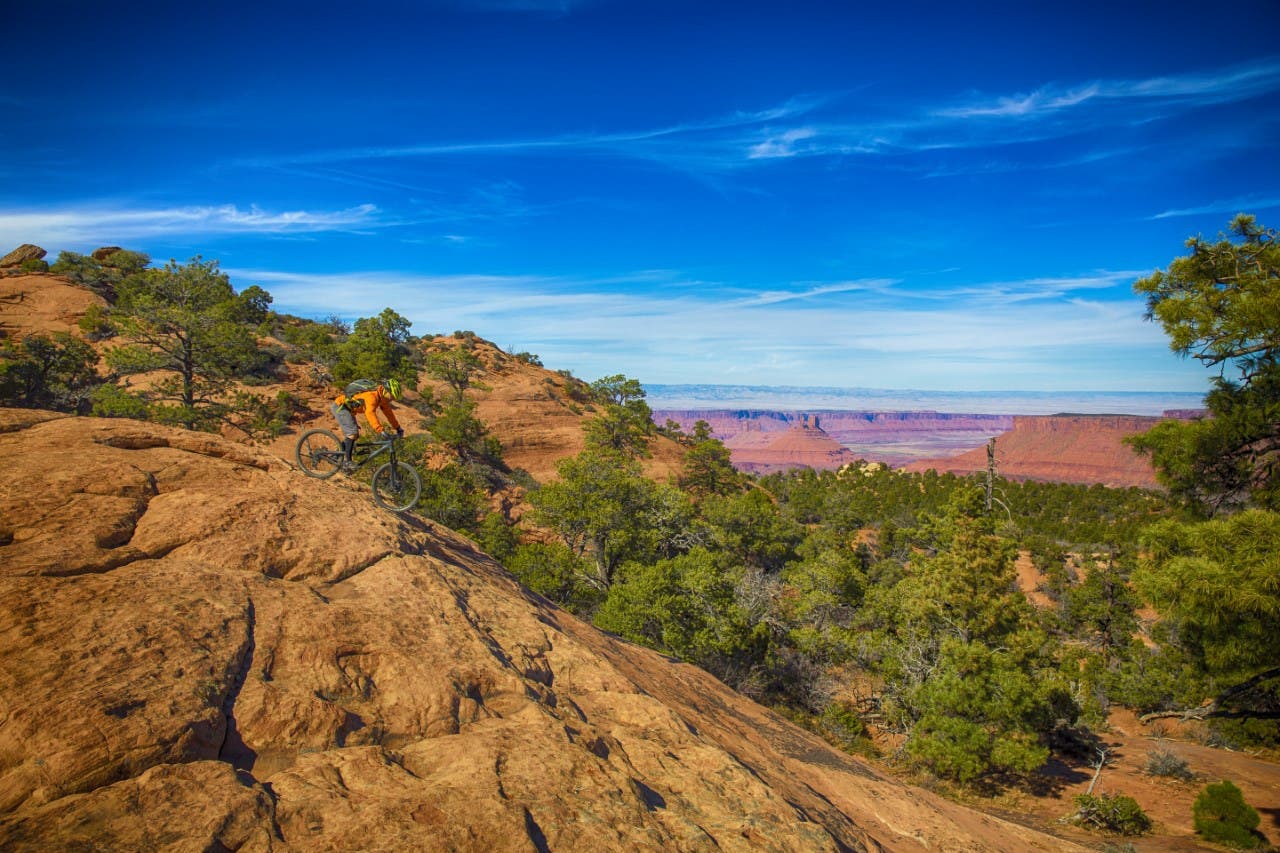
As you race up and down rocky trails on a mountain bike, you work your legs, arms, core, and heart, much as you would when skiing. Mountain biking boasts the same physical benefits as road cycling but with an added bonus: extra coordination practice.
When riding a mountain bike, you encounter a diversity of terrain that keeps you on your toes and demands constant vigilance. In order to successfully navigate your way over the trail, your small stabilizer muscles must turn on to adjust your body and maintain your balance atop the bike. Mountain biking also introduces riders to some intimidating terrain and maneuvers, which can help train the mind to overcome mental and physical barriers and allow you to send any line on skis come winter.
Learn more: Best Ski Areas for Mountain Biking
“It’s a great form of exercise both physically and mentally,” says Andy Mahre, professional skier and elite mountain biker. “Mountain biking requires split-second decision making and reflexes, but also looking and planning ahead for what’s next. There is also the mental toughness side to it—pushing through the pain and fatigue, and not giving up. All those things translate straight across to skiing.”
He also notes that after the resorts close, “you still want that sense of freedom and adrenaline, and a mountain bike can give you plenty of that.”
Surfing
Transferrable skills and benefits:
- Develops balance and strengthens stabilizer muscles
- Builds core strength
- Develops foot and ankle sensory and proprioception
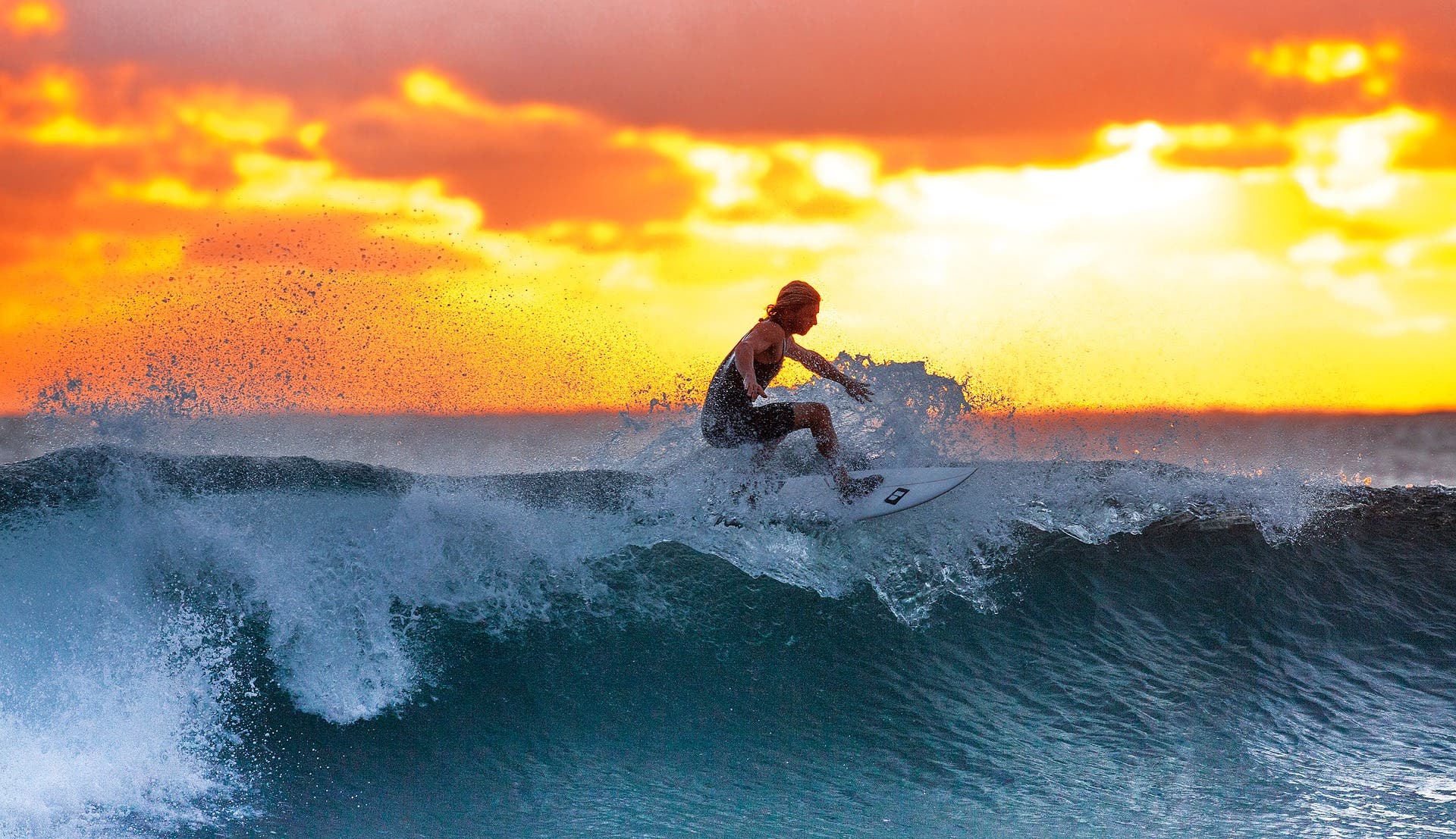
Surfing brings the flow of carving down a mountain to the water. Much like skiing, surfing is a full-body workout that requires each muscle group to work together. Your upper body gets worked when paddling while your leg muscles guide the board once standing. The ever-changing height of the waves demands that you constantly adjust your position and learn to shift your body weight to remain atop the board.
Being able to keep your balance while standing requires a lot of practice—and a lot of core strength. Having a strong core and more stable spine leads to a more efficient energy transfer to the rest of your body, meaning that you will get the most out of the strength of your legs—something all skiers want. Pair the full body strengthening and cardio with the cat-like balance you get from surfing, and you’ve got yourself a workout that will leave you reaping the rewards next ski season.
Kim Reichhelm, professional skier and founder of Ski with Kim, spends her off-seasons surfing and kite-surfing in Baja. While she finds she needs to supplement those activities with more traditional leg workouts to really get her body tuned for ski season, she loves how surfing challenges her core.
“I think core strength is the most important for skiing and I hate doing ab routines,” Reichhelm says. “It’s nice to know through surfing and kite surfing I’m getting a good workout…my overall body strength is usually super strong by November.”
Stand Up Paddleboarding
Transferrable skills and benefits:
- Develops balance and strengthens stabilizer muscles
- Builds core strength
- Develops foot and ankle sensory and proprioception
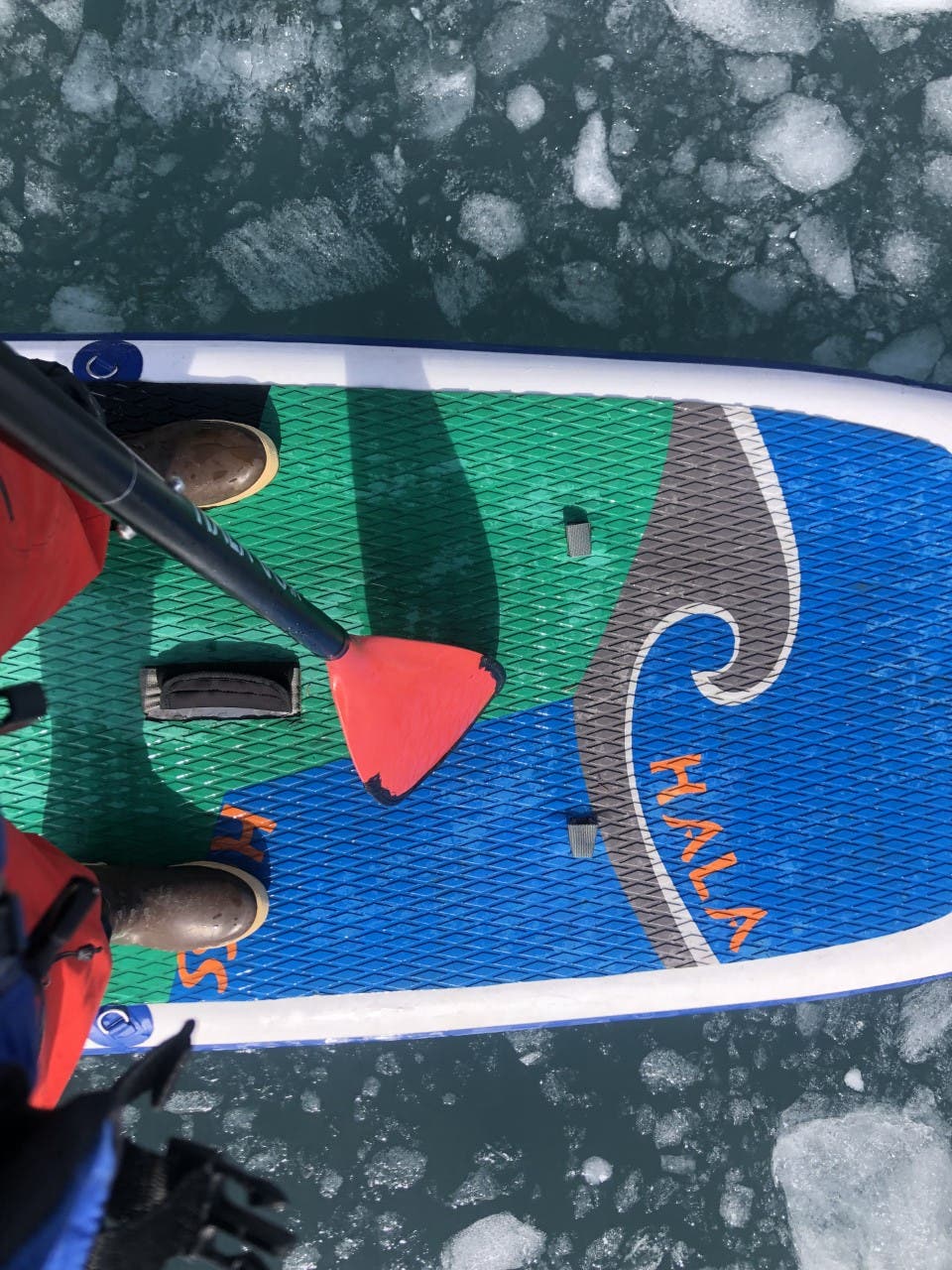
If you’ve ever stood on a paddleboard, you’ve probably discovered how tough it is to balance and row all at the same time—it’s sort of like trying to pat your head while rubbing your stomach.
From the tip of your toes to the top of your head, every muscle in your body must work together to keep you from toppling over. This full body awareness and strength directly translates into skiing by giving you added confidence on your skis, a greater awareness of how to shift your body to better attack your line, and the strength to charge down any slope.
“I love how paddling helps foot and ankle sensory, proprioception, and stability… plus it’s a great core and arm workout,” says Lynsey Dyer, pro skier and avid paddler. “It’s easy to get into a meditative flow with the breath on the board. I feel super grounded and calm after some time on the board.”
“SUP in waves is fantastic for skiing,” adds Reichhelm. “We use all the same small muscles in our feet and lower leg to maintain balance, our core is constantly engaged while paddling, and we anticipate the waves by looking ahead and getting out over the front of the board when we drop in.”
Bottom line: most off-snow, summer activities are great cross training for skiing. Skouras Mahre emphasizes that you’ll reap the biggest benefit if you use your summer to try a little bit of everything.
“The best raining regime is based on a mix…trail running, mountain biking, HIIT workouts, yoga, and hitting the river and lake on the SUP,” Skouras Mahre says. “Find out which off-season activities you enjoy, and mix it up. The more fun you are having, the more you will commit to doing them all off-season, and the more prepared you will be when the snow starts to fall.”
More Tips on Surviving the Off-Season
The Best Ski Country Hot Springs
How Rollerblading is Making a Comeback
Bag Mountaineering-Level Peaks at These Ski Resorts—No Experience Required